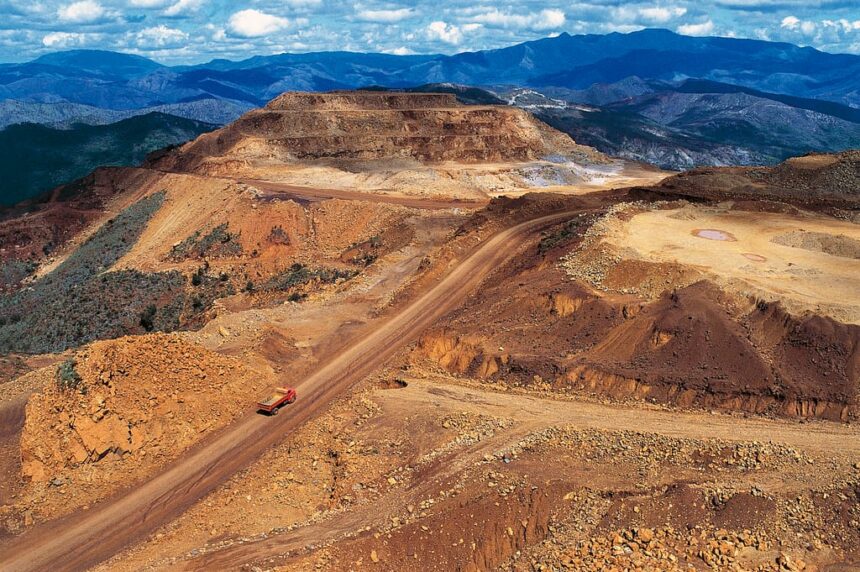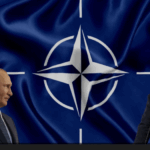Nickel is a crucial metal that plays a central role in today’s digital and ecological transitions. However, its price is highly unstable.
New Caledonia, an archipelago, has been affected by major political unrest. Despite this, the archipelago accounts for 5.6% of the world’s nickel production, 20% of its GDP, and 90% of its exports. This explains why the market is currently in a depressed state.
To understand the current situation and world mining production, we must assess the state of nickel geopolitics. Emmanuel Hache, a senior research fellow at IRIS specializing in energy forecasting and the economics of natural resources (energy and metals), provides valuable insights into this matter.
Are the recent events in New Caledonia linked to the situation on the nickel market?
PParadoxically, the global nickel industry is currently in a fragile state. Nickel is seen as a crucial metal for the energy transition, along with copper and lithium. Although nickel is primarily used in alloys, stainless steel, and low-carbon technologies, its use in batteries, particularly lithium-ion batteries, is rapidly growing. Nickel represents the ‘N’ in NMC (nickel, manganese, cobalt), a key component of these batteries.
By 2040, the demand for nickel is expected to increase significantly, from 3.6 million tonnes today to more than 6.2 million tonnes. This increase will be driven by the growing use of low-carbon technologies, which will account for over 50% of the total usage. With such market expectations, nickel prices should tend to stabilize or even rise significantly. However, nickel prices have been highly volatile.
On the London Metal Exchange (LME), one of the world’s leading nickel exchanges, prices rose by almost 40% in 2021 and 2022. But in 2023, prices fell by an annual average of 17%, and they deteriorated throughout the year, dropping from $28,000 a tonne in January 2023 to $16,100 in January 2024, a 43% drop! Since February 2024, prices have slightly risen to around $18,000 a tonne due to sanctions imposed by the United States and the United Kingdom on metals from Russia, which accounts for 5.5% of world production.
We are still far from the peaks seen for this essential metal in the low-carbon transition. In May 2007, on the eve of the global financial crisis, nickel prices reached a monthly average of over $52,000 per tonne, almost three times the current price, highlighting the potential for future price increases.
The low-carbon transition is a particularly buoyant context. So how do you explain the current slump in prices?
The drop in prices is mainly due to the situation of global nickel producers. In 2023, mines around the world produced about 3.6 million tonnes of nickel ore, which is a 10% increase from the previous year. The leading producer saw a rise in production by almost 14% last year, leading to a decrease in prices.
Indonesia now accounts for 50% of global nickel mining output, compared to less than 30% in 2019. Other significant producers include the Philippines (11% of global production), New Caledonia (5.6%), Russia (5.5%), and Canada (5%). The International Energy Agency (IEA) predicts that by 2030, Indonesia, the Philippines, and New Caledonia may account for 75% of the world’s international mining production.
Against this backdrop, New Caledonia’s nickel industry is facing intense competition. Despite having 5.6% of the world’s reserves and increasing production in recent years, the country is being affected by the policies of the leading producer (increased production and industry recovery) and the rise in energy prices since 2022. Additionally, many companies in the region are heavily in debt and have not invested enough in recent years.
The French group Eramet and its subsidiary Société Le Nickel (SNL) have seen a decline in production and sales. They are the leading local employer. Other plants on the archipelago are experiencing even greater difficulties. The Koniambo Nickel SAS (KNS) plant was mothballed after Glencore left, despite substantial support from the French government. The Prony plant is also heavily in debt.
However, nickel is a goldmine for the archipelago. The industry provides between 20% and 25% of jobs in the private sector and contributes significantly to the GDP of the local economy, both directly and indirectly (about 20% of the GDP). The nickel crisis in New Caledonia is a symptom of a new form of resource curse, where the lack of diversification in the archipelago makes it overly dependent on nickel, which accounts for 90% of its exports. This dependence is a blessing when prices are high and a major problem when prices are low.
Is there a new resource curse linked to the low-carbon transition?
In the past, having access to natural resources was seen as a source of wealth and power for countries. In the 19th century, the United Kingdom’s domination was based on its control over raw materials, and in the 20th century, the United States took over this role. The strategic nature of these resources has been confirmed by various conflicts around the world.
China’s position in the metals refining segment of the low-carbon transition is a step in this direction. However, for some producer countries, owning a raw material is not always a guarantee of development, especially if their position is more upstream in the mineral sector (such as mining).
The concept of Dutch Disease was introduced in 1977 to describe the Dutch economy after the discovery of gas fields in 1959 and their exploitation a decade later. This disease can be seen as an economic component of a broader concept called the “resource curse,” developed in the early 1990s.
The needs generated by the low-carbon transition raise questions about whether the same resource curse applies to the ecological transition. We are currently in a decade of uncertainties, including uncertainties about the speed of deployment of low-carbon technologies, geopolitical tensions caused by current conflicts, and major economic uncertainties with the risk of economic areas fragmenting.
Against this backdrop, it is difficult to predict where investments will go, and assessing needs remains particularly risky. Producing countries are now tempted to form cartels in an attempt to control prices.
The BRICS (Brazil, Russia, India, China, and South Africa) became BRICS + in January 2024 with the addition of Saudi Arabia, Iran, the United Arab Emirates (UAE), Egypt, and Ethiopia. They now occupy a dominant position in both production and world reserves of certain critical metals such as platinum, rare earths, and copper.
In addition to their abundant resources, the group’s dominant position is also reflected in their common policy of restricting exports of strategic metals. Commodity markets, being cyclical by nature, amplify global upheavals because they underpin the global economy and the main dynamics of the current transition (ecological and digital).
Source: French Institute for International and Strategic Affairs (IRIS)







